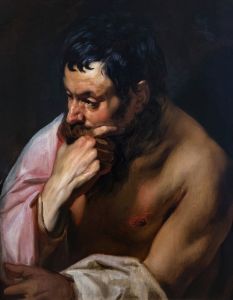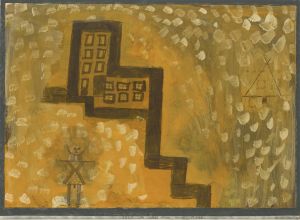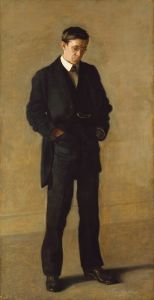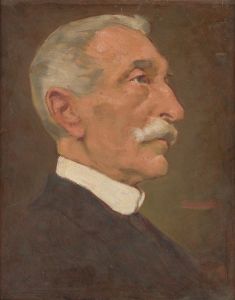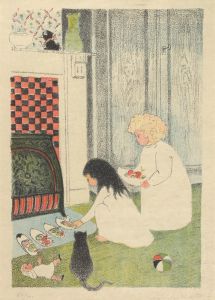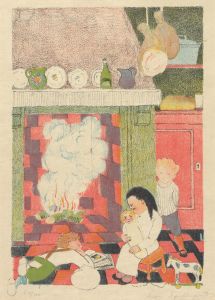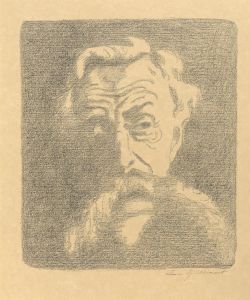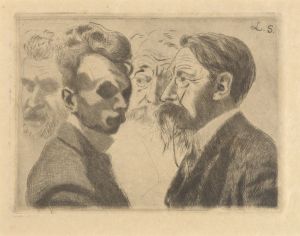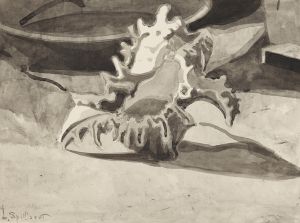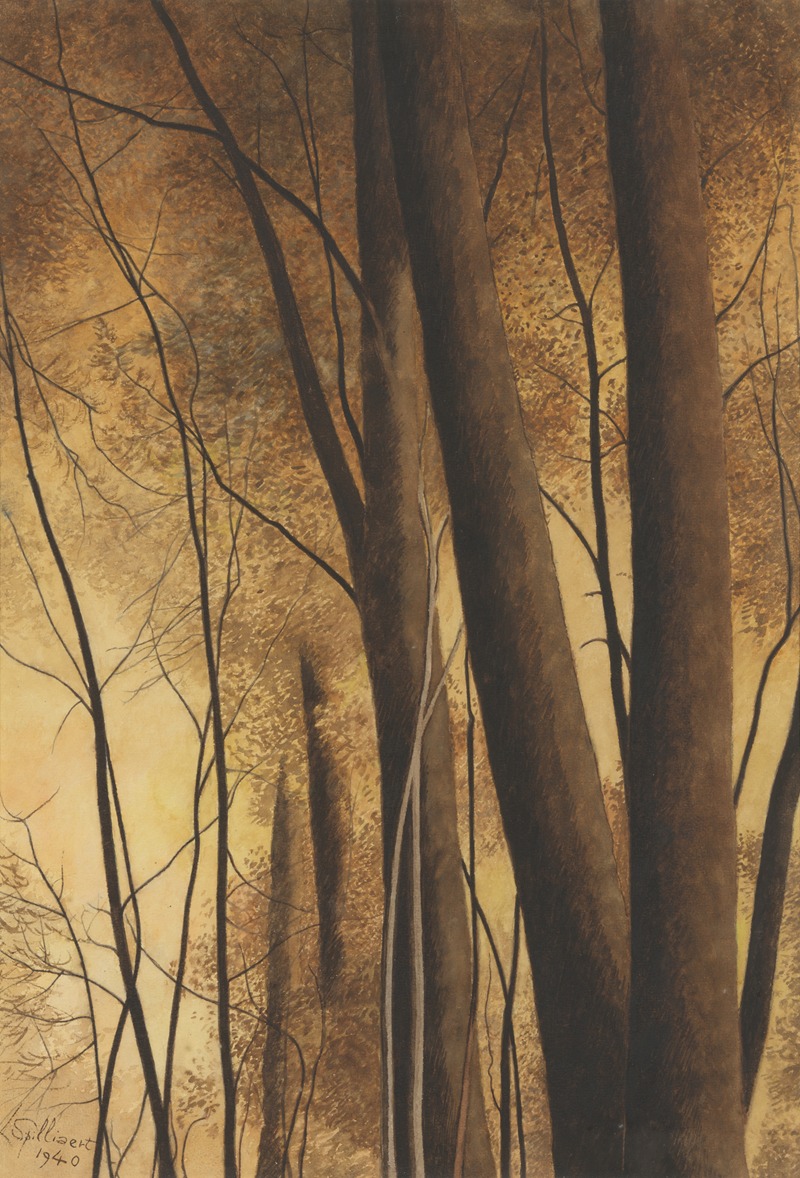
Bomen
A hand-painted replica of Léon Spilliaert’s masterpiece Bomen, meticulously crafted by professional artists to capture the true essence of the original. Each piece is created with museum-quality canvas and rare mineral pigments, carefully painted by experienced artists with delicate brushstrokes and rich, layered colors to perfectly recreate the texture of the original artwork. Unlike machine-printed reproductions, this hand-painted version brings the painting to life, infused with the artist’s emotions and skill in every stroke. Whether for personal collection or home decoration, it instantly elevates the artistic atmosphere of any space.
Léon Spilliaert was a Belgian symbolist painter known for his unique style that often combined elements of symbolism and expressionism. His works are characterized by their introspective nature, use of stark contrasts, and a haunting atmosphere. One of his notable works is "Bomen," which translates to "Trees" in English. However, specific details about this particular painting, such as its creation date, current location, or detailed analysis, are not widely documented in public sources.
Spilliaert was born in Ostend, Belgium, in 1881, and his coastal hometown significantly influenced his artistic vision. He was largely self-taught, though he briefly attended the Academy of Fine Arts in Bruges. Spilliaert's work often reflects a deep sense of solitude and introspection, which can be attributed to his health struggles and solitary nature. His paintings frequently depict desolate landscapes, empty streets, and lone figures, capturing a sense of melancholy and existential reflection.
"Bomen" likely fits within Spilliaert's broader oeuvre, which often explores themes of nature and the human psyche. Trees, as a subject, would align with his interest in natural forms and their symbolic meanings. In art, trees can represent life, growth, and the passage of time, themes that resonate with Spilliaert's introspective approach. His use of color and form often evokes a dreamlike or otherworldly quality, inviting viewers to ponder deeper existential questions.
Throughout his career, Spilliaert was influenced by various artistic movements and figures. He was contemporaneous with the symbolist movement, which sought to express the ineffable and explore the spiritual and emotional dimensions of human experience. Spilliaert's work also shows the influence of other symbolist artists, such as Odilon Redon, and he shared a similar interest in the mystical and the subconscious.
Spilliaert's art gained recognition during his lifetime, and he exhibited alongside other prominent artists of his era. Despite this, he maintained a relatively low profile, and his work was not as widely known as some of his contemporaries. In recent years, however, there has been a resurgence of interest in his work, with exhibitions and retrospectives highlighting his unique contribution to modern art.
While specific information about "Bomen" is limited, Spilliaert's broader body of work continues to be celebrated for its emotional depth and innovative use of color and form. His paintings remain a testament to his ability to capture the complexities of the human experience through the lens of symbolism and expressionism. As such, Léon Spilliaert holds a significant place in the history of Belgian art, and his works continue to inspire and intrigue audiences worldwide.






